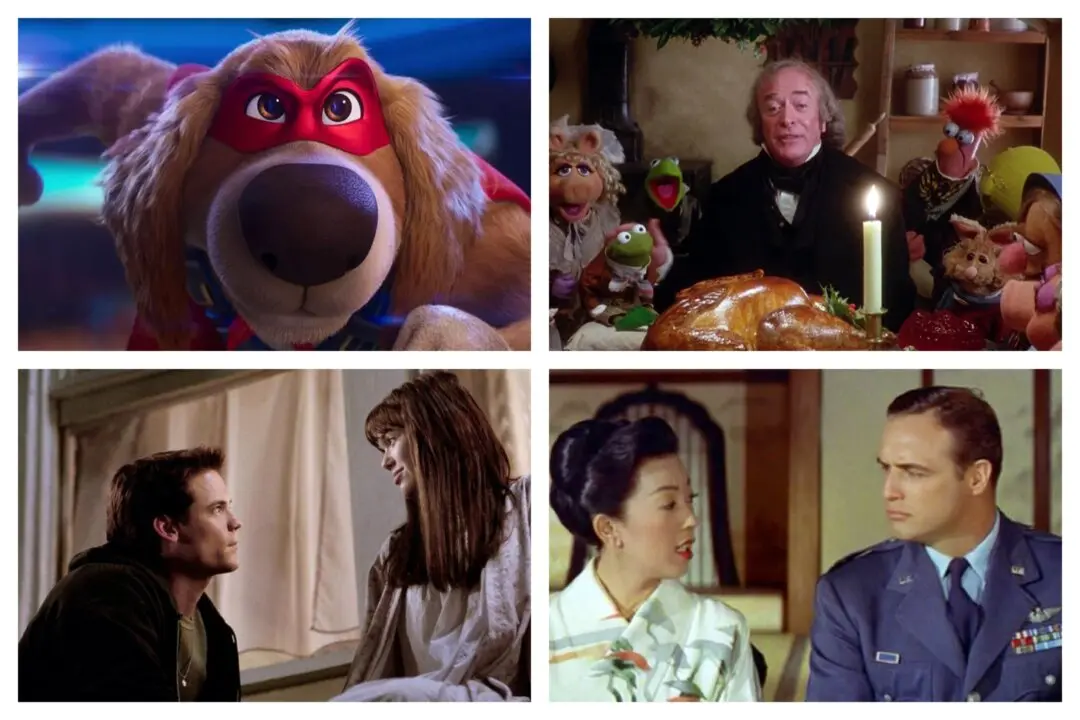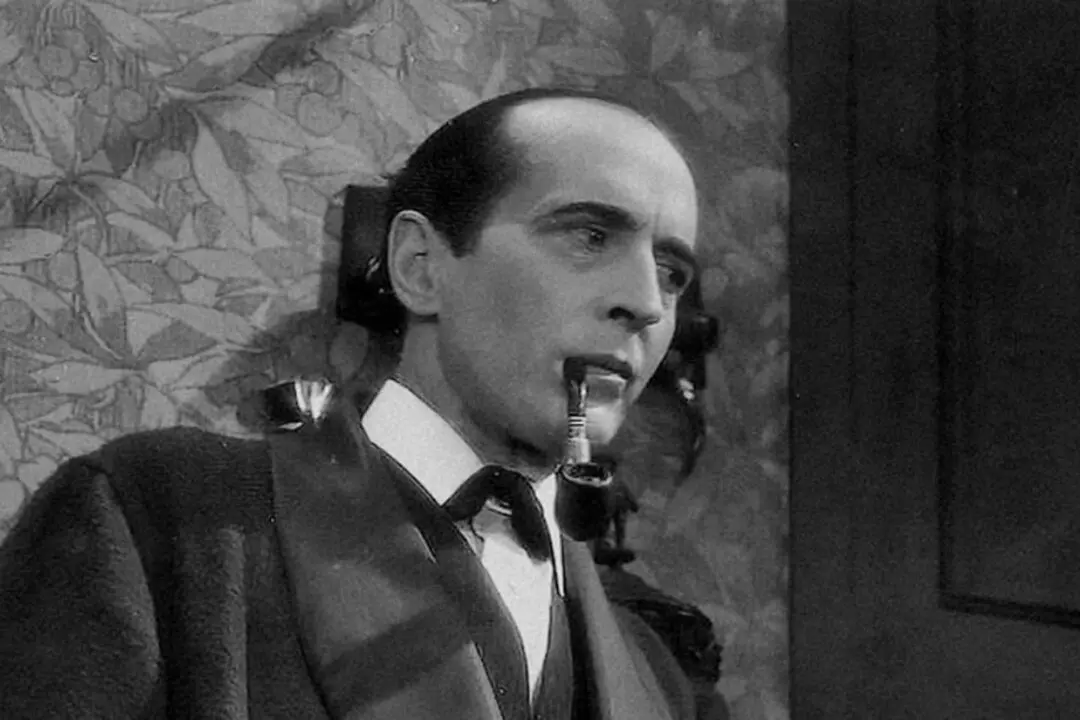Rated R | 2h 29min | Drama | 13 September 2019 (USA)
Director John Crowley’s new tear-bogged drama, “The Goldfinch,” is probably one of the most anticipated film adaptations of a literary work in the past decade. The film is the transmogrified version (adapted by screenwriter Peter Straughan) of author Donna Tartt’s Pulitzer Prize-winning novel of the same name, which rocked the literary world, selling millions of copies since its launch back in 2013.






